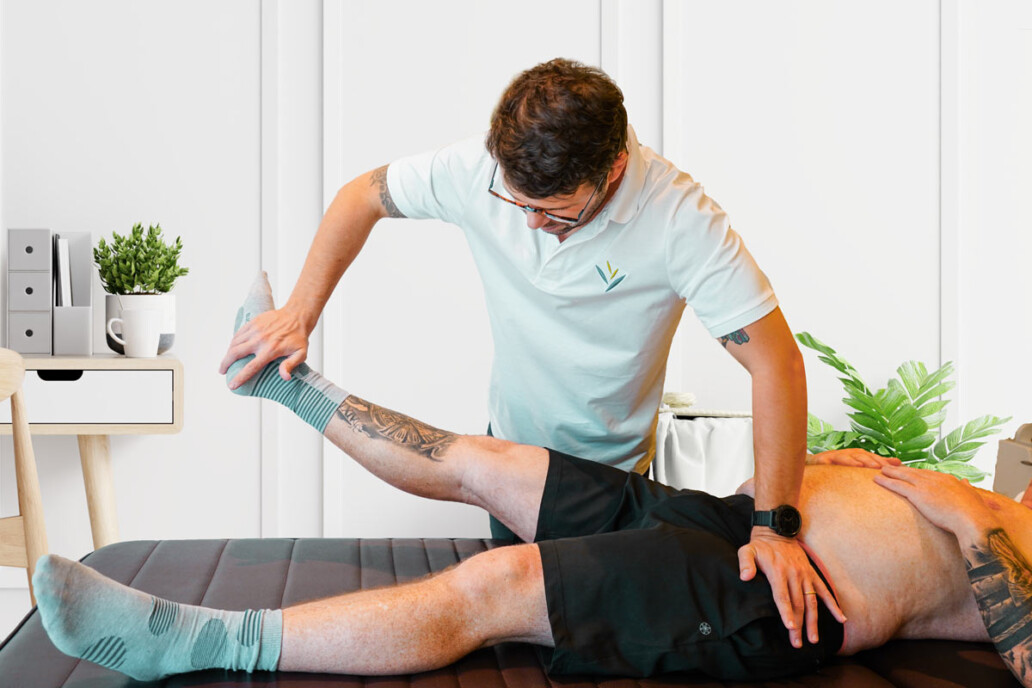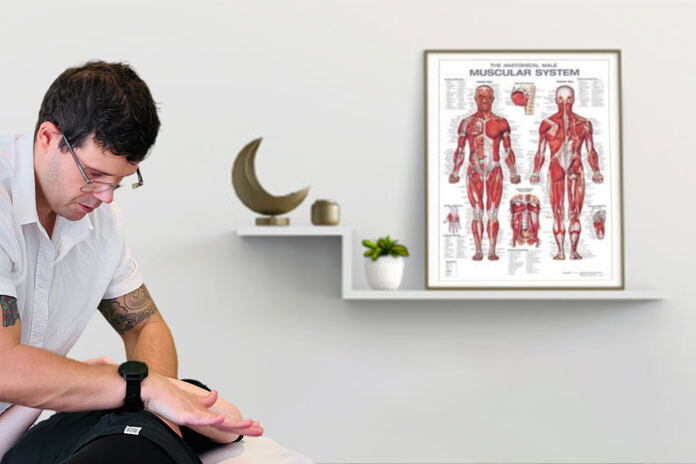How Osteopathic Treatment Can Aid in Recovery from Muscular Spasms and Lumbago
Introduction
A patients journey to recovery from muscular spasms in his low back and lumbago without sciatica involves a holistic approach to pain management and rehabilitation. Osteopathy, a form of complementary medicine, can play a crucial role in his healing process. In this article, we will explore how osteopathic treatment can help a patient regain his strength, flexibility, and overall well-being.
Understanding Osteopathy
Osteopathy is a healthcare approach that emphasizes the interconnectedness of the body’s structure and function. Osteopath’s use manual techniques to diagnose and treat a wide range of musculoskeletal issues, including low back pain. Here’s how Osteopathy can benefit one.
- Comprehensive Assessment
Osteopaths begin by conducting a comprehensive assessment of the patient’s musculoskeletal system, looking beyond the site of pain. This means evaluating not only lower back but also hips, pelvis, spine, ribs, and even posture. This thorough assessment helps identify any structural imbalances or dysfunctions that may be contributing to pain.
- Manual Techniques
Osteopathic treatment involves a variety of manual techniques designed to restore balance and function to the body. Some of these techniques include:
- Soft Tissue Manipulation: Osteopaths use their hands to gently manipulate and massage soft tissues, including muscles and fascia in lower back. This can help reduce muscle tension and alleviate spasms.
- Joint Mobilization: If there are joint restrictions in Patient’s spine or pelvis, Osteopaths can perform gentle joint mobilization techniques to improve mobility and reduce pain.
- Myofascial Release: Patient may benefit from myofascial release, a technique that targets the fascia, the connective tissue surrounding muscles. Releasing tension in the fascia can promote relaxation and pain relief.
- Individualized Treatment Plans
Osteopathic treatment plans are highly individualized. The Osteopath shall tailor treatment plan to address specific needs and goals. Whether the patients focus is on pain relief, improved mobility, or long-term prevention, osteopathy can provide a personalized approach to recovery.

Conclusion
Osteopathy offers a holistic and patient-centered approach to managing low back pain, including muscular spasms and lumbago without sciatica. By addressing the underlying causes, providing pain relief, and promoting the body’s natural healing mechanisms, Osteopathic treatment can be an essential component of patient’s journey to recovery.
If you or someone you know is experiencing similar musculoskeletal issues, consider consulting an osteopath for a comprehensive assessment and personalized treatment plan to regain your quality of life and overall well-being.
- معالجة الآلام
Osteopathic care can help manage patient’s pain by addressing its root causes. By improving circulation, reducing muscle tension, and promoting the body’s natural healing processes, Osteopathy can contribute to significant pain relief.
- Promoting Healing and Recovery
Osteopathic treatment not only targets the immediate symptoms but also promotes the body’s inherent ability to heal and recover. Patient can expect improved blood flow, reduced inflammation and enhanced tissue repair as part of healing process.
- Preventative Measures
In addition to treating patient’s current condition, osteopath can provide guidance on injury prevention. This may include ergonomic advice, exercises, and lifestyle modifications to minimize the risk of future low back pain episodes, especially in the context of patient’s passion for horse riding etc.
Regards,
Dr. David Liddiard
Osteopath
Dubai Herbal and Treatment Centre























